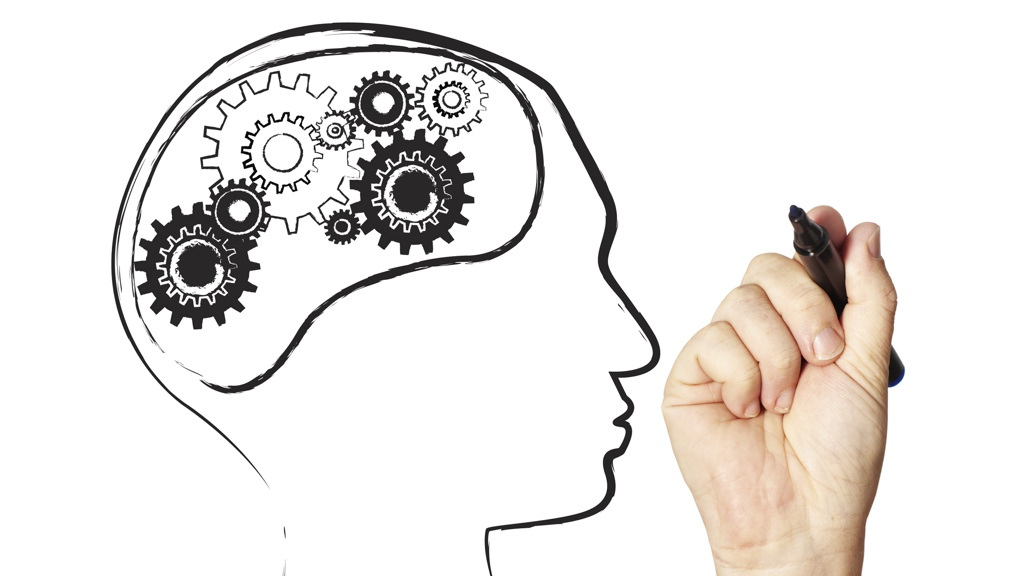If one thing happens, then do something automatically
Datum: 2022-05-03 12:00

Rather than writing things down in a to-do-list in order to remember, I want them to get done automatically. It is wonderful knowing that some things just get done without having to make the effort of remembering to do them. We do not have to remember and write them down, be reminded and finally check them off the list. We simply complete them with less effort compared to other tasks.
It sounds easier said than done, and the question is: how? This time I do not have an app in mind, but am referring to research conducted on this topic.
For you who prefer listening to reading, this post is also available as a podcast episode:
Intention with direction
”Implementation intentions” is the name of the method studied by, amongst others, Professor Professor Peter Gollwitzer at NY State University (whom I was made aware of by my good friend, the procrastination-specialist and authorized psychologist Alexander Rozental at Psykologfabriken). The method is founded on the principle of formulating what we want to do in an ”if …, then …”-format.

It can for instance concern a situation in which we have previously prioritized in a certain way, but from now on wish to prioritize differently. Let us say that we tend to take it easy for a while after returning to the desk after our lunch break, and that this little while tends to be longer than we actually would want it to be (since we had a whole pile of tasks that we needed to get done). This is an excellent time to formulate an intention that we from now on do things differently, for example that ”When I sit down at my desk after returning from lunch, I will spend some time working on the most tedious task I have to do at the moment.”.
Not “just one more thing”
Or, if we have a tendency to do ”just one last thing” before leaving the office at the end of the day and doing so becomes the reason why we are often not home on time, we might set the intention that ”Whenever I think the thought ”just one more thing” as the workday is coming to a close, I will write it down on a piece of paper which I place on the computer keyboard right before getting up to leave, and then proceed to dealing with the task tomorrow morning.”.
If you have ever done any programming, you are familiar with ”if …, then …”-formats, and this works according to the same principles, but for your own habits and behaviors.
Trigger intentionally and automatically
What Gollwitzer and other researchers have found is that this type of formulating intentions increases our ability to remember that, when, where and how we are to do something. By in this manner defining a rule, a chain of events, we reduce the amount of options in the ”if …”-situation, which relieves us of the responsibility to prioritize (since the prioritization is somehow already made) and allows us to more or less automatically do what we previously determined we would do.
Gollowitzer describes the phenomenon as that we delegate the control over our actions to a situational trigger. Something happens, a situation occurs and as a result of this, we act in a predetermined way — automatically.
Automatic, but in moderation
If you feel even the slightest apprehension that you would turn into somewhat of a robot if you were to implement this method, have no fear. You do not have to use this approach exclusively and for everything, but begin with just one particular situation and one pre-determined course of action.
Your unique, rich personality will not be tampered with. And, you will get a particular assignment done with much greater ease.
Do this
- Choose something you want to do, but tend not to do.
- Now visualize an appropriate situation in which to do the task in question.
- Look for a trigger, meaning a specific and concrete occurrence that could constitute the ”if …”-part of the if-then-scenario. It could be entering a certain room, sitting down, that a meeting comes to a close, passing by a certain location or place, that someone asks you a certain question, that someone says something specific to you, that you receive a certain kind of email, or something else.
- Formulate what you will do when the situation occurs in terms of a step which is as small and concrete as you can make it.
- Now you have all your components. Say, read or write the phrase to yourself.
- If you really want to make sure you remember your set intention, you could for instance:
- record it as a voice note on your phone and listen to it a few times on your way to work, during your lunch and on your way home.
- write it on a note which you paste in a location where you will definitely see it, for instance where you stand or sit when waiting for your morning coffee to brew, on the inside of your bathroom cabinet, or in a plastic pocket on the wall in your shower.
- Allow a few weeks to pass and notice if you by implementing this method now get what you wanted to get done easier than you previously did. If it works, enjoy the progress made. If things did not improve much, then try again and be even more specific this time.
Making the right decision
If you actively use ”implementation intentions”, it will become easier for you to act in accordance with your actual preferences in given situations. If you from now on wish to respond to a particular question in a certain way or choose the better alternative when faced with a recurring situation where you need to make a decision, the probability that you do what you actually want to have done, increases.
If you allow implementation intention help you to always perform a task you have to do in a given situation, you will not have the trouble of writing it down on your to-do-list. This will in turn make the list shorter, yet you will still get more things done. You will not have to spend energy on prioritizing what to do in these situations, but the right task to do right now will automatically be given the highest priority when that specific thing occurs, since when this situation happens, we simply do what needs to be done.
What is your way?
How do you get things done more automatically, but without using an app, a script or a computer program? Tell me!
(Also, an implementation intention is an excellent tool to use when deciding what to improve in your structure during the coming year.)
By the way, if you want more tips on how to create good structure at work — here are many ways to get just that.




